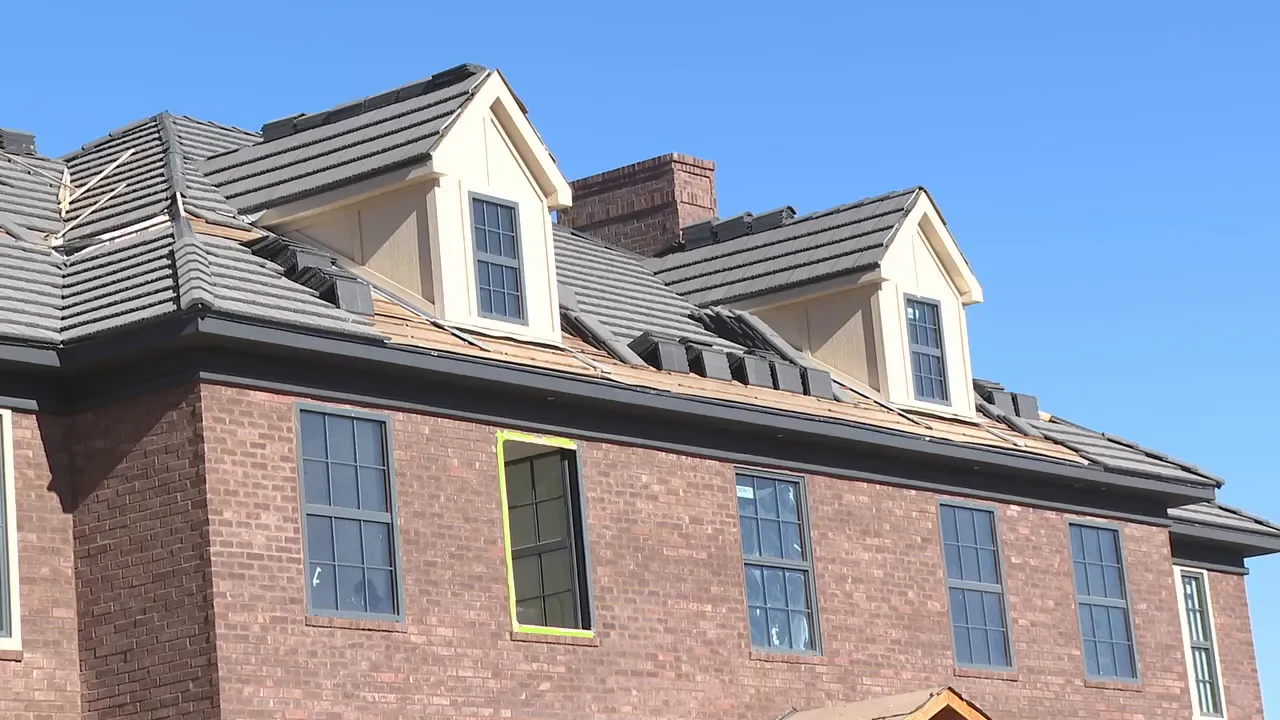
The housing market is constantly evolving, including ever-changing house sale prices, mortgage rate fluctuation and changing demographics. Many phenomena have influenced the real estate market, such as the Industrial Revolution, post-war housing booms and the COVID-19 pandemic.
The latest to join this list is the silver tsunami, a demographic occurrence that could impact the housing market in upcoming years.
What Is the Silver Tsunami and What Caused It?
The silver tsunami refers to the aging population entering the retirement phase. It primarily includes those born between 1946 and 1964, also known as baby boomers. This means the youngest of this generation recently turned 60.
In the U.S., Utah is considered the youngest state, with almost half its population under 31 years of age. Despite this, Utah’s population is aging, which brings various problems. For example, the state has a higher-than-average occurrence of Alzheimer’s disease and dementia, with the latter being the fourth leading cause of death.
On a broader scale, the number of Americans aged 65 and older is expected to increase by 47%, from 58 million in 2022 to 82 million in 2050.
The number of elderly adults has increased, causing a demographic imbalance. They now make up 22% of the nation’s population, making them a significant portion of the nation. This proves the advancement of medical care and increased awareness of healthy lifestyles.
However, it also poses several challenges to society’s development. For example, labor shortages as more people retire cause slower economic growth, increased health care expenditures and significant changes in the housing market.
How the Silver Tsunami Will Influence the 2025 Housing Market
Explore Utah Real Estate

5618 E SOUTH FORK RD, Provo, UT
$43,000,000
Bedrooms: 6 Bathrooms: 10 Square feet: 22,958 sqft

864 W SAPPHIRE SKY LN #546, St George, UT
$4,300,000
Bedrooms: 7 Bathrooms: 9 Square feet: 5,136 sqft

La Casa Cir, St George, UT
$575,500
Square feet: 14,391 sqft
The silver tsunami could positively or negatively impact the housing market next year. Take a look at some ways this could unfold.
- Baby Boomers Could Take Over Millennials’ Starter Homes Market
The older generation is downsizing post-retirement by purchasing smaller homes or starter homes, a market initially targeted at millennials who want to start their homeownership journeys.
Boomers are generally wealthier than other generations, giving them a headstart in home purchasing. By the end of the second quarter of 2024, they collectively recorded $19.93 trillion in real estate assets in the U.S., compared to millennials' $9.57 trillion.
High mortgage rates, which reached a national average of 7.2% this year, have also not affected boomers’ buying power as much as they did millennials or Gen Zers. These rising rates have caused homes to become unaffordable for many, keeping the younger generations from owning homes for the time being.
- The Supply Demand Scale May Tip
In 2022, baby boomers made up 38% of homeowner households. As the baby boomer population ages, many are looking to sell their properties or rent them out in favor of either downsizing or moving into retirement homes.
Experts predict that this shift will increase the supply of houses for sale by about 250,000 units in the next decade and continue to increase until 2060. This naturally means the market is open and optimistic for Millennials and Gen Zers.
More Properties You Might Like

1700 W 2700 N #36, Pleasant View, UT
$230,000
Bedrooms: 4 Bathrooms: 2 Square feet: 2,100 sqft

850 LAZY WAY #8, Francis, UT
$1,300,000
Bedrooms: 4 Bathrooms: 4 Square feet: 2,755 sqft

2098 E GOOSE RANCH RD, Vernal, UT
$103,000
Square feet: 274,864 sqft
- Millennials May Struggle Further to Afford Houses
The scale might be tipped, but this may not necessarily increase affordability for the younger generations. With baby boomers dipping their feet in the markets targeted for millennials, the younger generation is expected to face more hurdles in homeownership.
The median U.S. house price is constantly increasing, reaching $420,400 in the third quarter of 2024. Since 2021, the 30-year fixed mortgage average has grown exponentially to 6.32% by the end of November this year. These numbers are only expected to continue growing in 2025.
Adding to this are the increasing rent, college fees and health care costs paired with relatively stagnant incomes. This means that despite the silver tsunami opening up some avenues, millennials still face significant obstacles to buying properties.
Silver Tsunami Could Move the Affordability Needle in 2025
The silver tsunami phenomenon is a double-edged sword. It could open up new opportunities for young adults to purchase their dream house, but it could also make competition steeper by taking what’s already available in the market. Their influence in the real estate market could shape the industry in the coming years and long into the future.
Related Articles:














